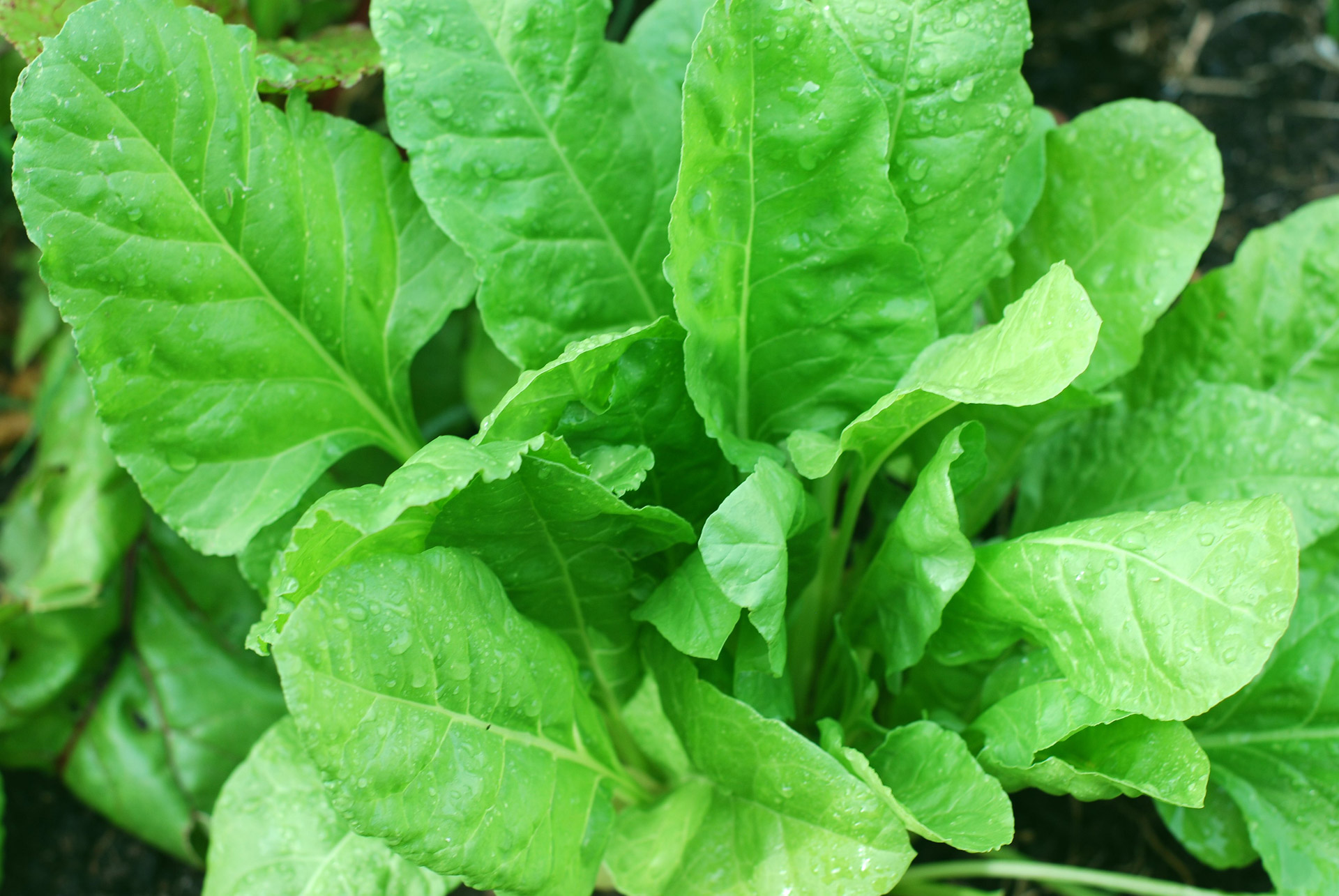5 Easiest Vegetables To Grow: Spinach, Carrots, And More

Everyone at some point gets the calling to grow their own vegetables. Whether out of necessity or part of a global movement to be more self-sufficient:
The best way to achieve this calling is to pick the easiest vegetables to grow. Because if you don’t, you’re destined to struggle.
FACT: Starting a vegetable garden, whether on your own property, an allotment, or a community garden, can be really simple if you pick the right vegetables to grow.
So if you’ve got somewhere to plant, swipe down to see the 5 easiest vegetables to grow:
CHECK OUT: The Most Expensive Foods In The World
Spinach, 40-50 Days To Harvest

Spinach is very easy to grow. Some even say it is the easiest vegetable to grow:
You need to plant spinach in well-drained soil, with compost. You can either plant it in light shade or full sun. It is recommended that you direct-sow spinach.
You can plant spinach seeds around the year and in most climates, as it is a plant that is very cold-weather friendly.
Here are some details about growing spinach:
- Harvesting time: 40-50 days
- The spacing required: 8 inches
- Germination time: 6-21 days
- Planting time: Fall and Spring
- Ideal growing temperatures: 35-75oF
- Light requirement: In the sun or in partial shade
- It can be grown alongside strawberries and any vegetable from the cabbage family
What Is Direct-Sowing Of Seeds?
Direct-sowing, also known as direct-seeding, is the action of buying and planting seeds in the soil where they will fully grow. The alternative is to buy and plant established plants, or to grow plants inside a greenhouse or home, and then transplant them outside into the soil where they will continue to grow.
CHECK OUT: The 5 Most Expensive Restaurants In The World
Cucumbers, 48-65 Days To Harvest

Another simple vegetable to grow is cucumbers:
If you want to plant cucumbers, you can decide to either plant them directly in the garden or in a container.
They are a crop that loves warm weather, so you should plant cucumbers after the last frost of the spring season.
(So, if you are planting cucumbers in the ground (not a container), you should keep in mind to plant them in well-drained soil and in an area that gets ample sunlight).
Since cucumbers are a vine plant, as long as you give the plant enough space for the vines to grow and run, you will be able to get numerous cucumbers:
(Consider creating a trellis for the vines to run along to help the plant grow).
Here are some details about growing cucumbers:
- Harvesting time: 48-65 days
- The spacing required: 12 inches, 3 feet per row
- Germination time: 4-13 days
- Planting time: Summer
- Ideal growing temperatures: 70-85oF
- Light requirement: In the sun or in partial shade
- It can be grown alongside carrots, beans, cauliflower, or parsley.
Lettuce, 65-80 Days To Harvest (Depending On Type)

You can grow many different types of lettuce at home:
Growing leaf lettuce, which most of us use in a mixed green salad, is the easiest, or you can also grow head lettuce like Iceberg or Romaine.
Lettuce needs to be planted in early spring or fall since it’s a cool weather plant. Just make sure your climate supports weather that doesn’t go too far below 45oF too frequently.
(If the temperature falls or you get some snow, cover the plans with a sheet or plastic).
You can plant a fresh crop of lettuce every two-to-three weeks. If you do, always make sure the soil is well-drained and has compost.
Here are some details about growing lettuce:
- Harvesting time: 65-80 days (depending on what type of lettuce you have planted)
- The spacing required: 6-18 inches (again depending on the type)
- Germination time: 2-15 days
- Planting time: Spring or fall
- Ideal growing temperatures: 45-75oF
- Light requirement: In the sun or in partial shade
- It can be grown alongside carrots, beetroot, or radishes.
Green Beans, 55-65 Days To Harvest

There are many types of green beans available, so you have to decide what kind of beans you want to plant:
Usually, people prefer to grow half runner beans. These are very tender and just run along a vine. They are a direct-sow plant, but you still need to make sure to grow them along a trellis for easier picking.
If you want to plant half runner beans, it is essential to know that they have strings. For those who don’t want to be involved with picking beans or stringing beans, you can think about growing a variety of bush beans.
Here are some details about growing green beans:
- Harvesting time: 55-65 days
- The spacing required: 6 inches, 18 inches (in a row)
- Germination time: 8-16 days
- Planting time: Early summer
- Ideal growing temperatures: 55-85oF
- Light requirement: In the sun or in partial shade
- It can be grown alongside radishes, potatoes, peas
Radishes & Carrots, 60-80 Days To Harvest

Root vegetables are also very easy to grow, especially carrots and radishes. They can be grown in a container or directly sown into the ground:
Growing them in containers is a good idea since there is no overcrowding of the seeds, and you can easily manage the soil for them to grow in.
If you want to grow them in the ground, make sure the dirt is loose when planting. And always use compost.
Here are some details about growing root vegetables like carrots and radishes:
- Harvesting time: 60-80 days
- The spacing required: 3 inches
- Germination time: 6-21 days
- Planting time: Spring, fall, summer
- Ideal growing temperatures: 60-70oF
- Light requirement: In the sun or in partial shade
- It can be grown alongside lettuce, tomatoes, peas.
CHECK OUT: The Strongest Alcoholic Drinks In The World
More About:Trivia
